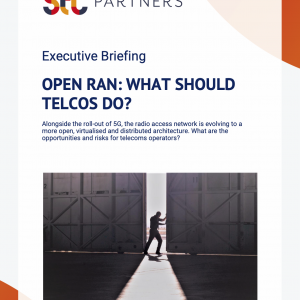AR/VR: Won’t move the 5G needle
£1,000.00 excl VAT
Virtual reality and augmented reality have the potential to generate vast amounts of telecoms traffic, together with demand for edge computing, network slicing and other 5G capabilities. But when will these technologies come of age?
Description
Format: PDF filePages: 45 pagesCharts: 13Author: David PringlePublication Date: January 2018
Table of Contents
- Executive Summary
- Takeaways for telcos
- Introduction
- Progress and immediate prospects
- VR: Virtually there?
- Augmented reality springs back to life
- 4K HD: Simple, but effective
- Technical requirements
- Image processing
- Sensors and cameras
- Artificial intelligence
- Developer tools
- Bandwidth and latency
- Costs: Energy, weight and financial
- Timeline for VR
- Timeline for AR
- Societal Challenges
- AR: Is it acceptable in a public place?
- VR: Health issues
- VR and AR: Moral and ethical challenges
- AR and VR: What do consumers really want?
- Timelines and Forecasts
- Conclusions for telcos
- Opportunities for telcos
Table of Figure
- Figure 1: Fantasy roleplaying title Skyrim VR has won praise from gaming critics
- Figure 2: The definition of six degrees of freedom for VR
- Figure 3: On paper, the Oculus Go looks impressive
- Figure 4: Users of Ikea’s catalogue can see what furniture will look like in their room
- Figure 5: A 3D holographic image of a sports event can appear in a living room
- Figure 6: Google Lens can retrieve information about a shop or building you are looking at
- Figure 7: How 3D sensors can map a room or an outdoor area in real time
- Figure 8: Edge computing and telco cloud can get latency low enough for VR apps
- Figure 9: The likely timeline for immersive VR with a wireless headset
- Figure 10: The bulky Magic Leap One will be wired to a belt-mounted computer
- Figure 11: Smart Sunglasses need to be chunky to fit in all the necessary tech
- Figure 12: The timeline for live 3D holographic projections using wireless AR headsets
- Figure 13: How AR and VR will develop over the next five years
Technologies and industry terms referenced include: 5G, AI, AR, artificial intelligence, Augmented Reality, edge computing, Network slicing, network traffic, video-on-demand, virtual reality, VR


